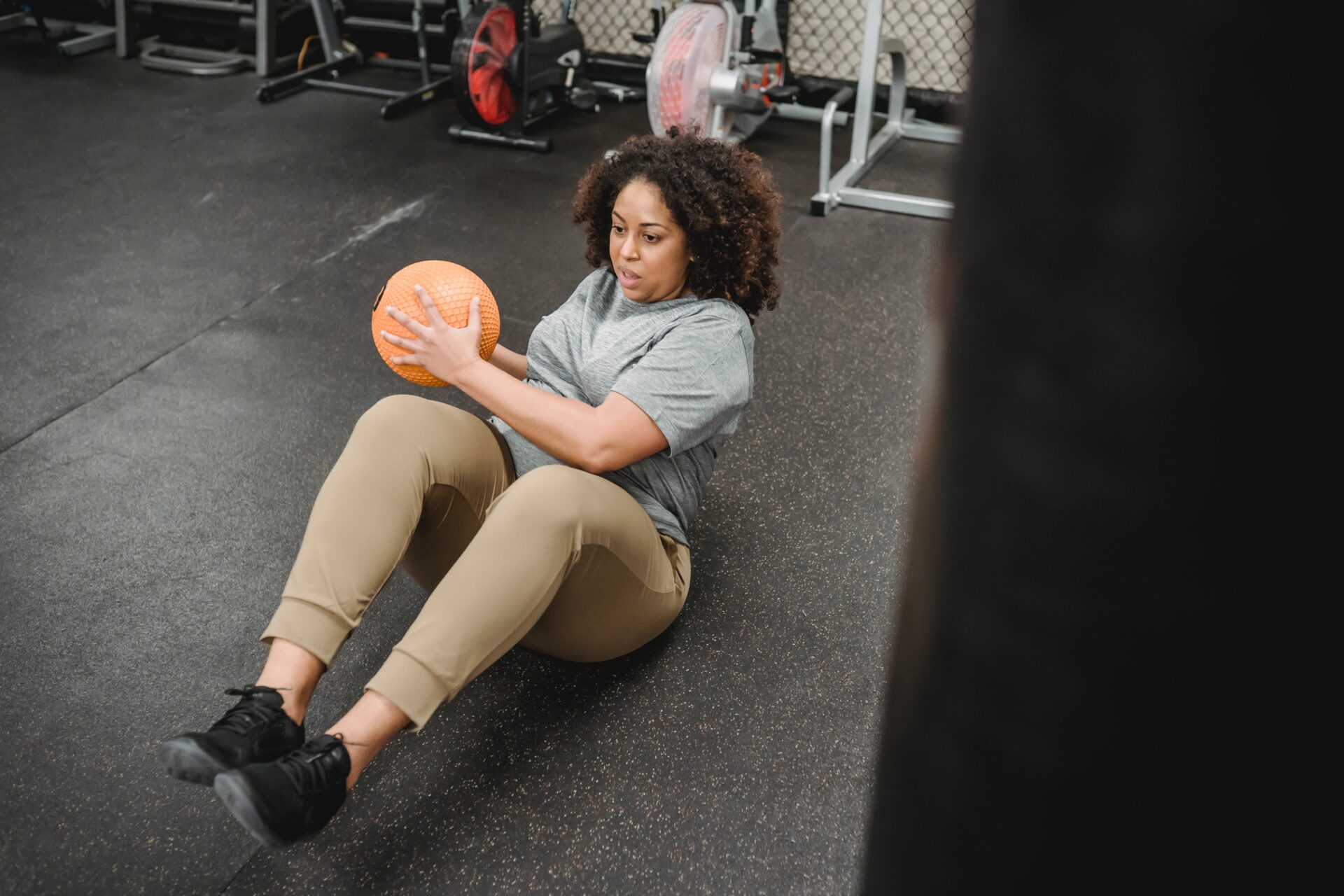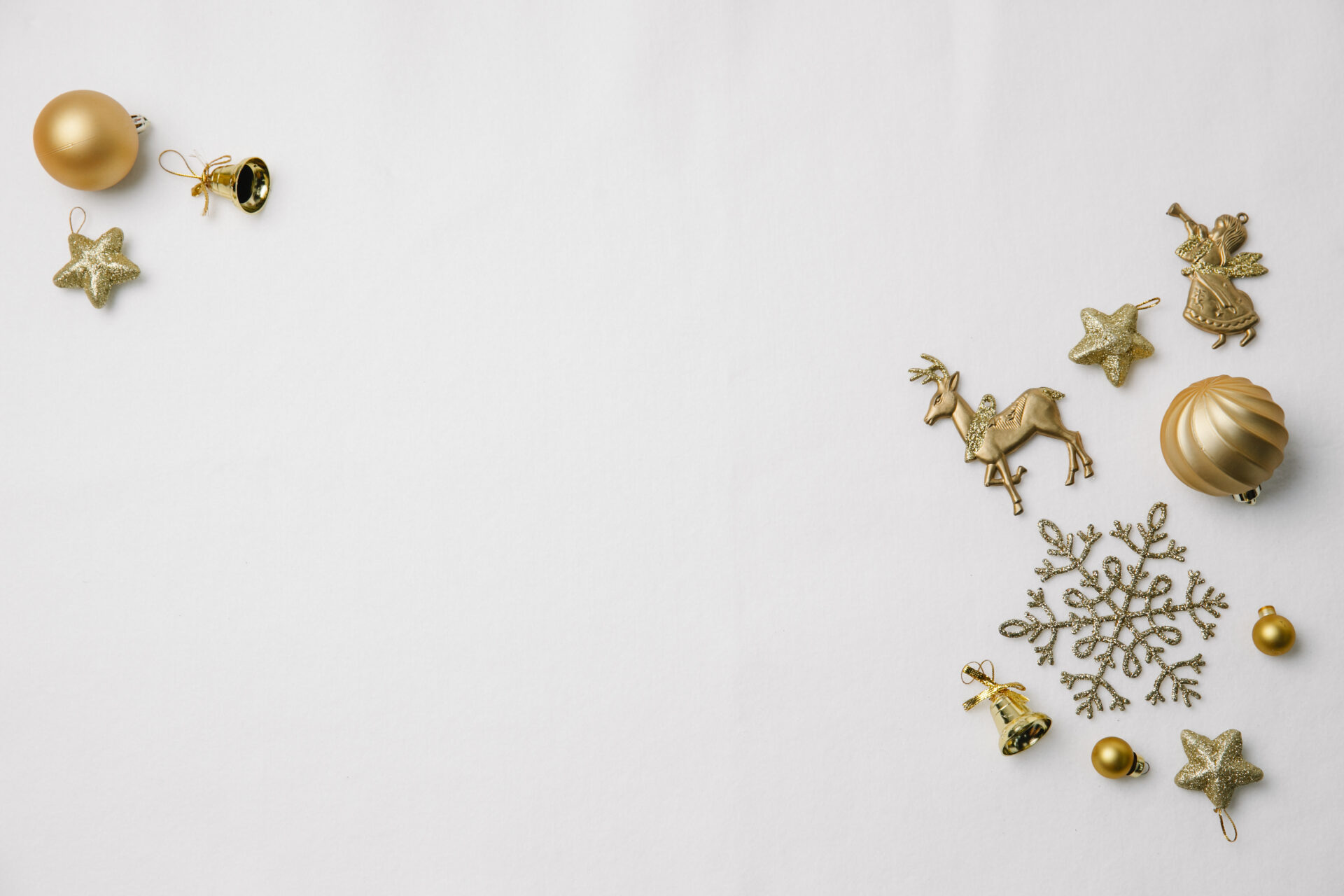Eco-Friendly Standards: Paving the Way for Sustainable Balls
In today’s era, the rising concern for environmental sustainability has led to a significant shift in various industries. One sector that is making great strides towards eco-friendliness is the sports industry, particularly in the production of sports equipment such as balls. The introduction of eco-friendly standards in the manufacturing process of balls is not only reducing environmental impact but also inspiring a new wave of sustainable practices.
A unique insight in this domain is the realization that traditional balls, which are predominantly made from synthetic materials like PVC or polyurethane, have a considerable environmental footprint. These materials are non-biodegradable and take hundreds of years to decompose, contributing to landfills and ultimately polluting the environment. The production process of such balls also involves the use of harmful chemicals and high energy consumption, further worsening their ecological impact.
As a response to these issues, the sports industry is now embracing sustainable alternatives for balls. The use of natural and biodegradable materials like natural rubber, organic cotton, and recycled materials is gaining popularity. These eco-friendly materials not only reduce waste and pollution but also minimize the carbon footprint associated with production. Additionally, manufacturers are adopting environmentally friendly manufacturing practices that prioritize efficient use of resources and minimize harmful emissions.
Moving forward, it is important to understand the key takeaways from the adoption of eco-friendly standards in the production of balls. Firstly, these sustainable practices contribute significantly to the preservation of our planet by mitigating environmental damage. Secondly, they promote a positive image for sports brands, attracting environmentally conscious consumers who value sustainable and ethical practices. Lastly, the shift towards eco-friendly standards creates a ripple effect within the sports industry, inspiring other sectors to follow suit in their pursuit of sustainability. In the upcoming sections, we will delve deeper into the specific impacts and benefits of these eco-friendly standards, shedding light on how they are revolutionizing the production and use of balls.
Key Takeaways
1. Eco-friendly standards are driving the development and production of sustainable balls in various sports, including soccer, basketball, and tennis. The use of renewable materials, reduced carbon emissions, and waste reduction are integral aspects of these standards.
2. The introduction of eco-friendly balls has gained momentum due to increasing environmental concerns and the growing need for sustainability in the sports industry. Governing bodies and sports brands are collaborating to set guidelines and implement eco-friendly practices.
3. Several sports brands are taking significant steps towards eco-friendly ball production. Adidas, for example, has committed to phasing out the use of virgin plastics and aims to produce all its products with recycled materials by 2024. Other brands, including Wilson and Puma, are also adopting sustainable practices.
4. The development and production of sustainable balls are not without challenges. Balancing environmental concerns with performance, durability, and affordability is a key consideration. Engaging athletes, coaches, and consumers in the transition to eco-friendly balls is vital for acceptance and success.
5. As the sports industry embraces eco-friendly practices, the demand for sustainable balls is likely to increase. This presents an opportunity for manufacturers to explore innovative solutions and invest in research and development to meet the evolving consumer expectations and environmental standards.
1. Can eco-friendly standards pave the way for sustainable balls?
2. The environmental impact of traditional sports balls
Traditional sports balls are often made from synthetic materials such as PVC or polyurethane, which have a significant environmental impact. The production of these materials involves the use of non-renewable resources and the release of harmful chemicals. Additionally, the disposal of worn-out balls contributes to landfill waste.
The rise of eco-friendly alternatives
In recent years, there has been a growing demand for eco-friendly sports equipment, including balls. Manufacturers are now focusing on developing sustainable alternatives that reduce environmental harm while maintaining the same quality and performance as traditional options.
Natural and biodegradable materials
One approach to creating eco-friendly balls is to use natural and biodegradable materials. For example, companies have started using organic latex or natural rubber for the outer covering of balls. These materials are environmentally friendly and break down naturally over time, reducing waste.
Recycled materials and upcycling
Another sustainable option is the use of recycled materials in ball production. This includes recycled rubber, plastics, or fabrics. Some companies even incorporate upcycled materials like old fishing nets or recycled tires into the manufacturing process. By giving these materials a new life, the environmental impact is significantly reduced.
Energy-efficient manufacturing processes
Eco-friendly ball manufacturers are also focused on minimizing energy consumption during the production process. Utilizing renewable energy sources and implementing energy-efficient technologies result in a lower carbon footprint. Additionally, some companies prioritize local sourcing to minimize transportation emissions.
Certifications and standards
To ensure the authenticity of eco-friendly claims, various certifications and standards have been introduced. Examples include Fair Trade certification, indicating fair labor practices and sustainable sourcing, and the Global Recycled Standard certification, validating the use of recycled materials in production. These certifications help consumers make informed choices and hold manufacturers accountable.
The importance of consumer awareness and education
Driving the demand for sustainable balls is consumer awareness and education. By spreading knowledge about the environmental impact of traditional balls and the benefits of eco-friendly options, individuals can make conscious decisions to support brands that prioritize sustainability.
3. Maintenance and end-of-life considerations
Proper maintenance and disposal of eco-friendly balls are crucial for prolonging their lifespan and minimizing waste. Here are some best practices to consider:
– Clean and store the balls properly to prevent damage and extend their durability.
– Repair or repurpose damaged balls instead of immediately discarding them.
– If a ball does become unusable, explore recycling options or contact the manufacturer for guidance on proper disposal methods.
Collaborations and initiatives driving change
Various collaborations and initiatives have emerged to promote the adoption of eco-friendly standards in sports. Sustainable sports organizations, government programs, and non-profit initiatives are working together to raise awareness, develop standards, and encourage the use of sustainable balls. By joining forces, these entities create a larger impact and drive the industry towards better practices.
The future of sustainable balls
As the demand for eco-friendly products continues to grow, the future of sustainable balls looks promising. With ongoing research and development, advancements in materials, manufacturing techniques, and certifications will further pave the way for a more environmentally conscious sports industry.
4. Tips for choosing sustainable balls
1. Look for certifications: Seek out balls that have obtained recognized certifications for their eco-friendly attributes, such as Fair Trade or Global Recycled Standard.
2. Consider the materials used: Opt for balls made from natural or recycled materials rather than synthetic ones. This reduces reliance on non-renewable resources.
3. Assess the manufacturing process: Research manufacturers that prioritize energy efficiency, renewable energy sources, and local sourcing.
4. Read reviews and feedback: Check for feedback from other consumers to ensure the performance and longevity of the sustainable balls before making a purchase.
5. Spread the word: Share your experiences with sustainable balls and educate others about the environmental benefits, encouraging them to make eco-conscious choices.
Remember, it’s essential to continuously research and stay up-to-date on the latest advancements in eco-friendly standards and sustainable ball production to make the most informed decisions.
FAQ
1. How are eco-friendly standards for sustainable balls determined?
Eco-friendly standards for sustainable balls are determined through a rigorous certification process. This process involves assessing various factors such as the materials used, manufacturing processes, and their environmental impact. Independent organizations or governing bodies set the standards and conduct audits and tests to ensure compliance.
2. What are the benefits of using sustainable balls?
Using sustainable balls provides numerous benefits. Firstly, they help reduce the reliance on non-renewable resources as they are often made from recycled or renewable materials. Secondly, sustainable balls have a lower carbon footprint and minimize waste generation throughout their lifecycle. Furthermore, they promote responsible consumption by encouraging the purchasing of products that align with eco-friendly principles.
3. Are sustainable balls as durable as traditional balls?
Yes, sustainable balls can be just as durable as traditional ones. The focus on eco-friendly standards does not compromise the quality or longevity of the product. In fact, many sustainable balls undergo the same rigorous testing and quality control processes to ensure they meet the necessary performance standards.
4. Can sustainable balls meet the performance requirements of different sports?
Absolutely. Sustainable balls are designed to meet the performance requirements of various sports just like their traditional counterparts. Manufacturers strive to develop eco-friendly alternatives that do not compromise on factors such as bounce, flight, or grip, making them suitable for a wide range of sporting activities.
5. How can I identify if a ball meets eco-friendly standards?
To identify if a ball meets eco-friendly standards, look for certifications or labels indicating its sustainability credentials. These could include symbols like the “recycled” logo or references to the use of renewable materials. Additionally, you can research the manufacturer’s website or product description for information regarding their commitment to sustainability and eco-friendly practices.
6. Are there any regulations in place to ensure adherence to eco-friendly standards for balls?
While regulations specific to eco-friendly standards for balls may vary between countries, there are often broader regulations governing environmental standards and product labeling. These regulations ensure that claims made regarding a product’s eco-friendliness are accurate and verified. However, it is essential to stay informed and cautious as some products may make misleading or unsubstantiated claims.
7. Can using sustainable balls help reduce the environmental impact of sports?
Yes, using sustainable balls can contribute to reducing the environmental impact of sports. By opting for eco-friendly alternatives, athletes, sports clubs, and enthusiasts can actively reduce their carbon footprint and waste generation. Furthermore, embracing sustainable balls can lead to a broader shift towards eco-friendly practices in the sports industry as a whole.
8. Are there any limitations or challenges associated with sustainable balls?
While sustainable balls offer numerous benefits, there are some limitations and challenges to consider. One challenge is the higher cost of sustainable materials, which can make eco-friendly balls more expensive than their traditional counterparts. Additionally, the availability of sustainable balls might be limited in certain regions or for specific sports, although this is gradually changing as awareness and demand grow.
9. Can sustainable balls be used in professional sports leagues?
Yes, sustainable balls can be used in professional sports leagues. Many leagues and organizations are increasingly recognizing the importance of incorporating eco-friendly practices into their operations, including the use of sustainable equipment. Some leagues have even implemented specific requirements or guidelines for using eco-friendly balls to promote environmental sustainability in professional sports.
10. How can individuals and organizations support the adoption of eco-friendly standards for balls?
There are several ways individuals and organizations can support the adoption of eco-friendly standards for balls. Firstly, they can choose to purchase and use sustainable balls for their sporting activities. Additionally, sharing information and raising awareness about eco-friendly options can help educate others and increase demand. Lastly, supporting and advocating for policies and regulations that encourage the use of sustainable materials in sports equipment can have a broader impact on the industry.
Final Thoughts
The development and implementation of eco-friendly standards for sustainable balls are a crucial step towards promoting environmental sustainability in sports. By paving the way for the production and use of eco-friendly alternatives, the sports industry can significantly reduce its ecological footprint and contribute to a greener future.
While there may be challenges and limitations in adopting sustainable balls, the growing demand and increasing awareness about the environmental impact of sports equipment create an opportunity for positive change. By embracing sustainable practices and supporting the use of eco-friendly balls, individuals, organizations, and sports leagues can make a tangible difference and inspire others to follow suit. Together, we can shape a more sustainable sporting landscape that benefits both athletes and the planet.




